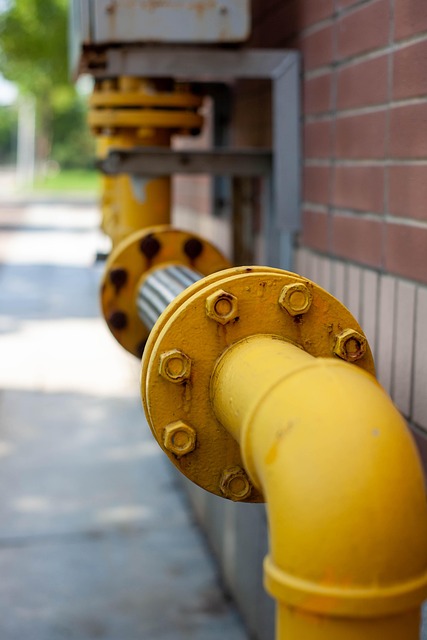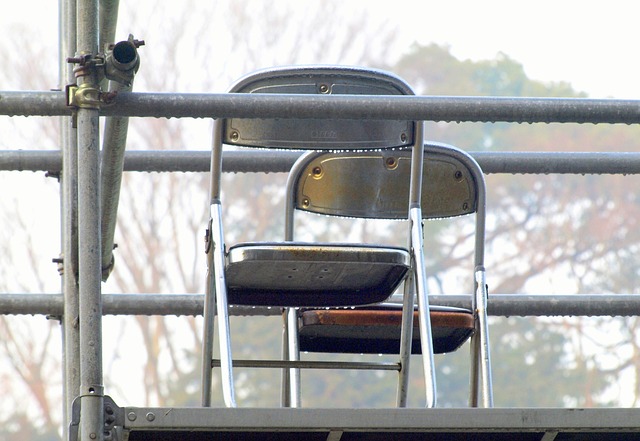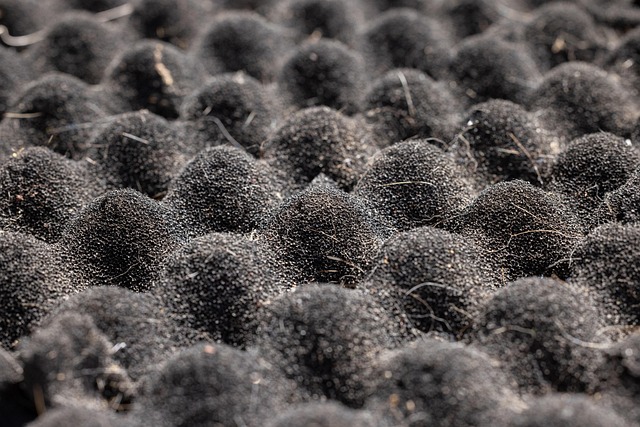Temperature swings and inadequate insulation cause water pipe condensation, leading to stains, structural damage, mold growth, and wood rot. DIY pipe insulation using foam or fiberglass prevents heat transfer, maintains temperatures, and reduces condensation, protecting homes from these issues and creating a healthier environment. By addressing at-risk pipes with insulated sleeves or wraps, homeowners can easily prevent moisture buildup and maintain a comfortable living space.
Preventing sweaty pipes and moisture buildup is crucial for maintaining a comfortable home environment. This comprehensive guide tackles the common issue of water condensation in pipes, highlighting its causes and associated risks. We explore how proper insulation acts as a game-changer, effectively stifling condensation and safeguarding against potential damage. For homeowners eager to take control, our DIY pipe insulation techniques offer practical, step-by-step instructions for addressing this problem head-on, ensuring a drier, quieter home.
- Understanding Sweaty Pipes & Moisture Buildup: Causes and Risks
- The Role of Insulation in Preventing Water Condensation
- DIY Guide: Effective Pipe Insulation Techniques for Homeowners
Understanding Sweaty Pipes & Moisture Buildup: Causes and Risks

Sweaty pipes and moisture buildup are common issues in homes, often caused by temperature variations and inadequate insulation. When water pipes are exposed to fluctuating heat and cold, condensation can occur, leading to sweating on the exterior of the pipes. This not only causes unsightly water stains on nearby walls and ceilings but also presents several risks. Over time, excessive moisture can weaken structural elements, foster mold growth, and create an environment conducive to wood rot. DIY pipe insulation is a simple yet effective solution to prevent these problems.
By properly insulating pipes, you maintain a consistent temperature along their length, reducing the chances of condensation. This involves wrapping pipes with insulated material, such as foam or fiberglass, which acts as a barrier against heat transfer. Such measures are especially crucial in areas prone to temperature extremes, ensuring pipes remain dry and preventing associated structural damages.
The Role of Insulation in Preventing Water Condensation

Insulation plays a pivotal role in preventing sweaty pipes and moisture buildup, addressing a common yet annoying issue faced by many homeowners. By understanding how insulation acts as a protective barrier, you can effectively tackle this problem through DIY pipe insulation. When water heats up, it tends to condense on cooler surfaces, such as pipes, leading to sweat or condensation. Insulation helps maintain an even temperature along the pipes, preventing rapid cooling and subsequent condensation.
DIY pipe insulation involves wrapping pipes with specially designed materials that insulate and protect them from temperature fluctuations. These materials can be found at hardware stores and are typically easy for homeowners to install. By insulating your pipes, you create an environment where water remains in its gaseous state, eliminating the chances of condensation and moisture buildup. This not only prevents unsightly water stains but also ensures the longevity of your plumbing system by shielding pipes from freezing during cold weather.
DIY Guide: Effective Pipe Insulation Techniques for Homeowners

Keeping your pipes dry and preventing moisture buildup is easier than you think with a few simple DIY pipe insulation techniques. Homeowners can take matters into their own hands by following these effective steps. Start by identifying the pipes that are most at risk, such as those in uninsulated attics or exposed to extreme temperature fluctuations. Use insulated pipe sleeves or wraps specifically designed for DIY installation. These sleeves fit snugly around pipes and provide excellent insulation, blocking heat transfer and minimizing condensation.
Cutting and fitting these sleeves requires minimal skill, making it an accessible project for any homeowner. Additionally, consider using foam insulation boards or tape to create a barrier against moisture. Apply these directly to the pipes or as backing for other insulation materials. By implementing these DIY pipe insulation techniques, you can significantly reduce the chances of sweaty pipes and related issues, ensuring a drier, more comfortable home environment.
By understanding the causes and risks of sweaty pipes and moisture buildup, and implementing effective DIY pipe insulation techniques, homeowners can prevent costly damage and ensure a comfortable, efficient home environment. Proper insulation plays a crucial role in combating water condensation, so take action now to insulate your pipes and avoid potential issues down the line. For a quick, cost-effective solution, DIY pipe insulation is an excellent choice that can make a significant difference in your home’s overall performance.
